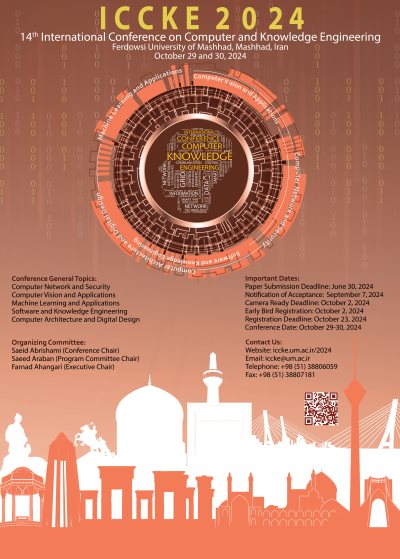0% Complete

Authors :
Keywords :
Abstract :
List of archived papers
Seyed Reza Razavi Pour - Leila Ahmadi - Amir Ahmad Shishegar
Seyed Hesamoddin Hosseini - Amene Vatanparast - Amir Hossein Taherinia
Parnian Rahimi - Marjan Naderan - Amir Jamshidnezhad - Shahram Rafie
Sina BaniasadAzad - Seyed Mohammadreza Mousavi mirkolaei
Zerek Sediq Hossein - Rojiar Pir Mohammadiani - Saadat Izadi
Mohammad Mehdi Naseri - Shima Tabibian - Elaheh Homayounvala
Reza Arghand - Ali Chaibakhsh - Moein Radman
Mohammad Kazemi - AhmadReza Montazerolghaem
Amir Hossein Bakhtiari - Azadeh Mansouri
Behdad Sadeghian Pour - Hamidreza Mohammadi Jozani - Shahriar Baradaran Shokouhi




